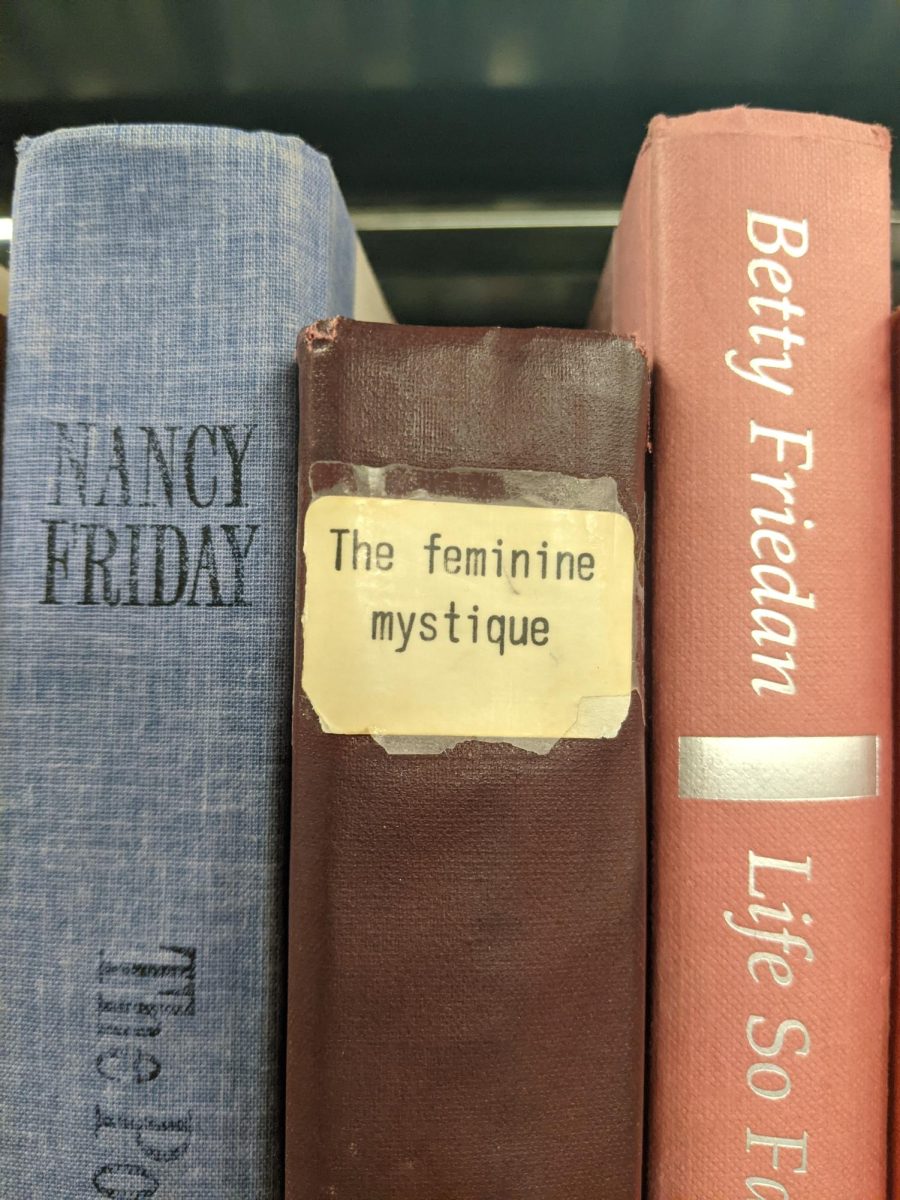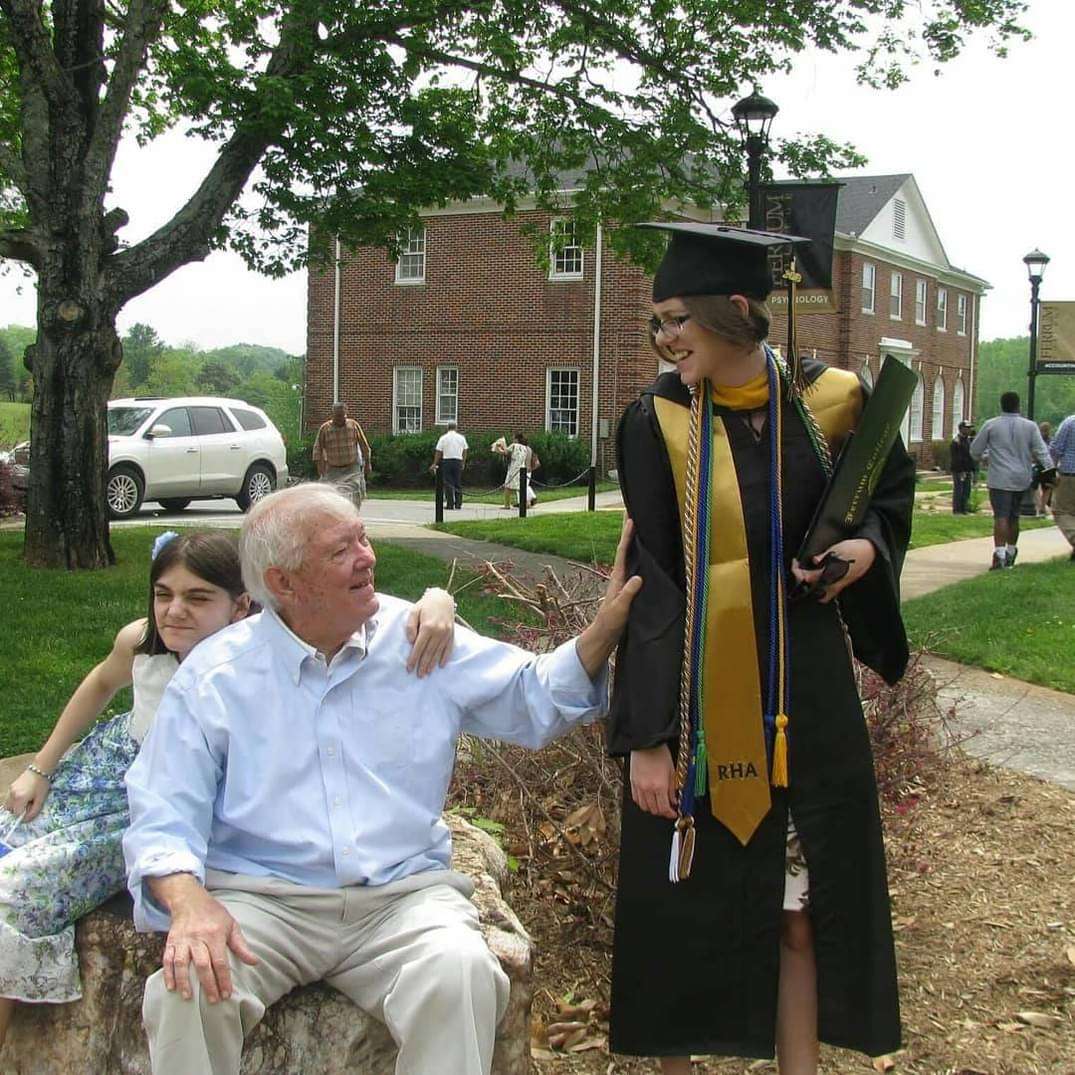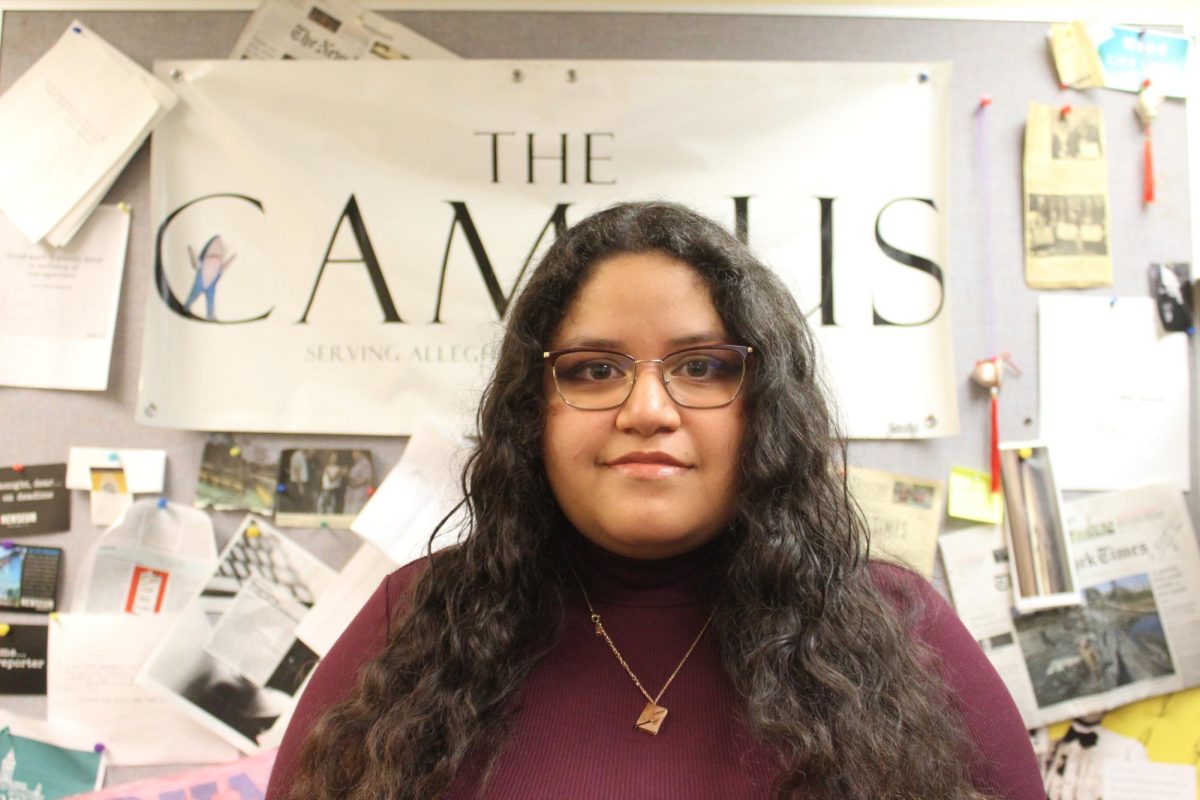I was first introduced to “The Feminine Mystique” through the movie, “Ten Things I Hate About You.” Heath Ledger’s character, Patrick Verona followed around Julia Stiles’ character, Kat Stratford in a bookstore and asked her where he could find a copy of the book since he happened to have recently lost his. She shoves a small, dense paper book with a fantastical design on the cover: something angelic or fairy-like.
Years later, during my first year of college, I was browsing around my school’s library when I came across a copy. This time, it was bigger, with the title in orange and the author’s name in green, all against a white background.
The book starts off with testimonials from housewives about, “the problem that has no name.” They are all middle-class, white mothers who feel empty, not fulfilled, after accomplishing what they were led to believe would be the ultimate goal of their existence as a woman: move to the suburbs, bear children, and stay at home. What they did not know is that many other suburban women who are living the same life as them felt that same emptiness.
The interviewed women express guilt and confusion as to why this life is not enough. After speaking to many housewives, the author, Betty Friedan, realizes that this is not a rare feeling. There is a collective of women who feel this unnamed feeling who just do not know how to express it without seeming crazy.
The book essentially explores this feeling which appears to be a side effect of the feminine mystique — defined as the normalized belief that women will feel most fulfilled when they settle down, get married, have children, and devote all of their time to raising them. It becomes clear that this suffocating idea of any woman’s nature is not true for all women, and that submitting to this belief will not necessarily — and rarely ever does — fulfill a woman.
At the time this book was written, there was mass encouragement from schools and families that girls should get married and have kids. There were courses in college and high school teaching girls all about the home and how to be proper wives. This collective push for marriage resulted in a teenage pregnancy epidemic.
Friedan eventually finds that women and their children will feel more fulfilled by having interests outside of each other, and that higher education for women trains them to be more ready for any stressful situation and to see a world bigger than marriage and kids. This is as opposed to their younger counterparts who saw no point in school after securing a husband.
Over the recent decades, there has been an increase in critical opinions of Friedan’s limited scope of who the feminine mystique affects, since much of her findings were based on white, middle-class women. In an article in The Atlantic, bell hooks, a popular Black feminist, wrote “Friedan’s famous phrase, ‘the problem that has no name,’ often quoted to describe the condition of women in this society, actually referred to the plight of a select group of college-educated, middle- and upper-class, married white women — housewives bored with leisure, with the home, with children, with buying products, who wanted more out of life.”
This is becoming a popular critique of “The Feminine Mystique,” especially when it comes to the book being referred to as the foundational text of the second wave of feminism. I believe that it is important to mobilize a group that the other is most familiar with and especially a group that could incite real change.
In the current era of feminism, I think the book should be revisited. All over social media, there seems to be a movement towards encouraging women to live more traditional roles. If women got married, had children, and stopped competing with men, they would be happier. The popular term to refer to this new role is “tradwife.”
Internet figures like Andrew Tate, who are very outspoken about their support for a woman to live a more traditional role, encourage more and more men with the same mindset to speak. With more and more impressionable kids getting on social media, it warrants a worry that the youth will contribute to spreading that same tired rhetoric about what a woman’s place is.
So, I believe in the power of testimonials and hearing from housewives how empty they can feel can counter the effects of social media. “The Feminine Mystique” is a comprehensive book that attempts to tackle every argument that gave life to the feminine mystique in the first place. If more people read this book, learn something from it and engage in common dialogue about what a woman’s place is, we would have more weapons in our inventory to fight against anyone who encourages a rollback of women’s rights.
Why “The Feminine Mystique” should be required reading
“The Feminine Mystique,” pictured in Pelletier Library, was published in 1963. It quickly became a symbol of the modern women’s movement.
Story continues below advertisement
About the Contributor

Sami Mirza, Editor-in-Chief
Sami Mirza is a senior from many different places. He is majoring in International Studies with a focus on the Middle East and North Africa and minor in Arabic. This is his fourth year on staff and his second in the EIC position; he has previously worked on News and Features. When not writing, shooting, or editing for The Campus, Sami can be found playing a surprisingly healthy amount of video games, working the graveyard shift at Pelletier Library, and actually doing his homework.






